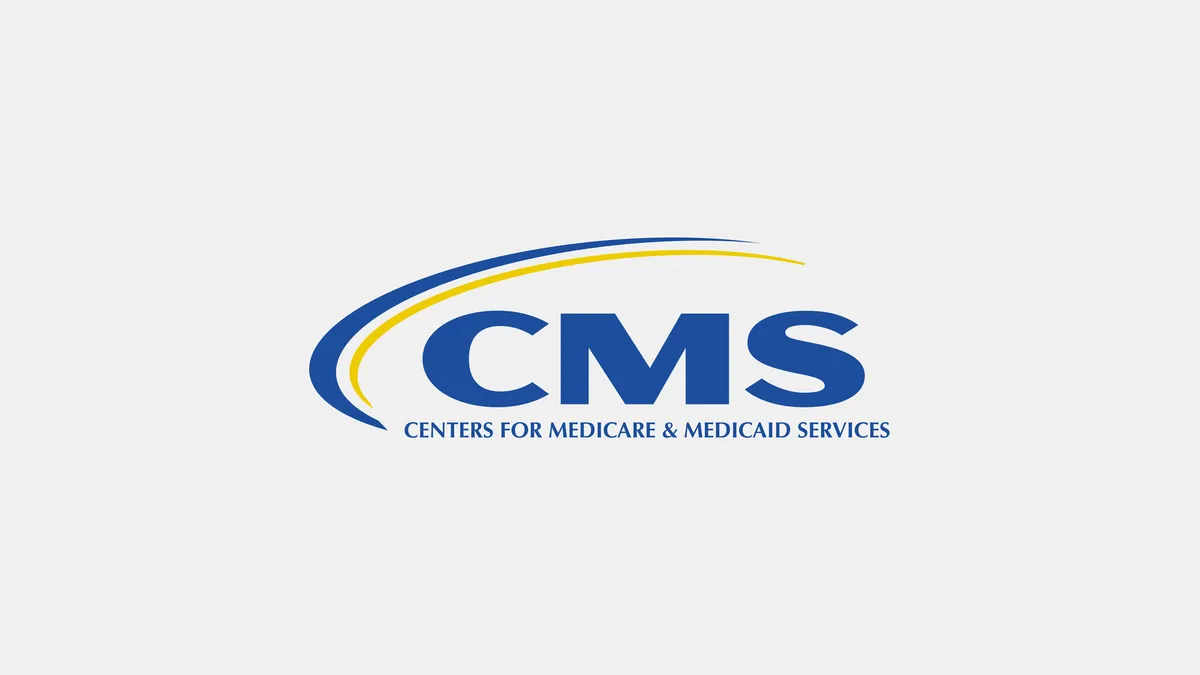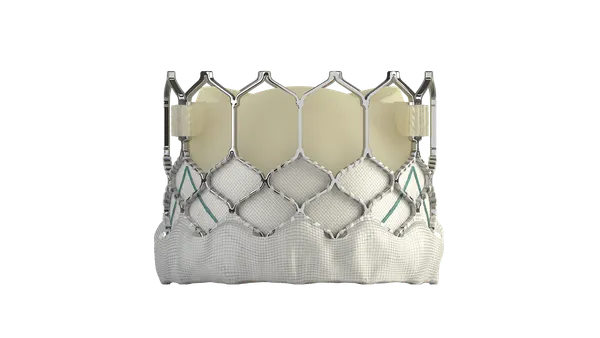Dive Brief:
-
CMS has proposed giving companies including Boston Scientific and Stryker an extra year of new technology add-on payments (NTAP) for their medical devices under the agency's Fiscal 2022 Inpatient Prospective Payment System rule.
-
Typically, CMS gives add-on payments to hospitals for two to three years after the introduction of new technologies that meet certain criteria. The agency has extended the payments for 14 products beyond the typical timeframe in light of the COVID-19 pandemic.
- The extension covers Boston Scientific's Eluvia drug-eluting stent, Cook Medical's Hemospray, Stryker's SpineJack system and other medical devices and therapeutics.
Dive Insight:
CMS sets payment rates for inpatient stays annually, accounting for changes in the cost of products and services used to treat patients with various conditions. The annual updates use the most recent Medicare claims and cost report data to determine cost changes. However, as the information has a lag of two to three years, the approach fails to capture the impact of new technologies.
Recognizing that, CMS grants add-on payments to products that meet certain criteria in the two to three years after they are cleared for use in the U.S. Beyond that, CMS should have the data needed to factor the technologies into its base payment rates for inpatient stays.
The most recent claims data covers fiscal 2020. However, CMS said the 2020 dataset is "significantly impacted" by the COVID-19 crisis, leading it to propose using the pre-pandemic 2019 claims file as the basis of its rates for fiscal 2022.
Given the use of the older information, CMS is planning to grant a one-year NTAP extension to the 14 products that would otherwise exit the add-on payment scheme in fiscal 2022. CMS has asked for feedback on the proposal.
The extension would affect a handful of medical devices, including Boston Scientific's Eluvia. Talking to investors in February, Boston Scientific CEO Michael Mahoney said the company "saw uptake of the NTAP for Eluvia" and highlighted the stent system and add-on payments as drivers of expected growth at the peripheral intervention business.
CMS is also proposing to grant an NTAP extension to Stryker's SpineJack system — which an analyst identified as a positive for the spine business in the first quarter — and Cook's Hemospray device for stopping gastrointestinal bleeding. Other products affected by the extension include the T2Bacteria Panel and Viz LVO, clinical decision support software formerly known as ContaCT. As Viz LVO is sold as a subscription, CMS is seeking feedback on how to determine the cost per case.
The agency's proposed rule also covers nine products that were cleared for use in 2019 and qualify for 2022 add-on payments as they still meet CMS' definition of "new." Implantable pulse generators from CVRx and Impulse Dynamics, respectively sold as Barostim Neo and Optimizer Smart System, are among the class of 2019 products deemed eligible for another year of add-on payments.
The proposed rule also discusses new NTAP applications. Many of the applications cover medicines but some address devices and diagnostics.
One application covers a product that uses tests including the Qiagen Access Anti-SARS-CoV-2 Total Test to stratify the cause of ischemic strokes. Another filing addresses an artificial intelligence-based system for flagging suspected pulmonary embolism cases. AdvaMed has previously called for CMS to reconsider how it assigns value to digital health devices.










